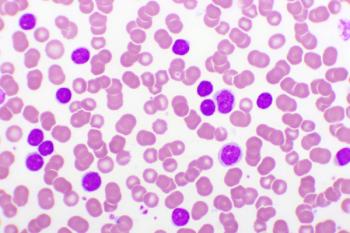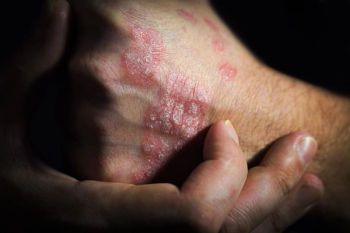
Report: Secret Apple Team Creating Glucose Sensors That Don't Pierce the Skin
The news comes the week of the 10th anniversary of Amy Tenderich's famous "Open Letter to Steve Jobs," which called on the tech giant to bring innnovation and better design to diabetes products.
A
This step would be a game-changer for people with type 1 diabetes, as well those whose type 2 disease has reached a stage where continuous glucose monitoring (CGM) is recommended. Those
The report, which appeared late Wednesday on CNBC, said the project was the vision of the late Apple CEO and co-founder Steve Jobs. CNBC claims that the designers and engineers have reached a point where Apple is pursuing feasibility trials and hiring people to help the company navigate the FDA’s regulatory process.
Other companies have tried and failed to create a needle-free sensor, and some are still trying. Aspire Ventures, through its Tempo Health subsidiary, is working on a
Google’s Verily team is developing a contact lens that could measure blood glucose levels through the eye. Also, there have been a string of new partnerships between traditional consumer technology companies and medical device makers to improve the reliability, design, and user experience of diabetes technology.
For a company like Apple to offer such a product would instantly disrupt the market, however, given its size and marketing reach. The CNBC story said that such a leap would convert the Apple Watch from a “nice to have” to a “must have” for people with diabetes.
The timing of the news is significant: 10 years ago this week, DiabetesMine founder and advocate Amy Tenderich penned the essay, “
If the CNBC report is correct, Jobs listened. The news outlet says about 30 people are working on the project, and it cites Apple’s onboarding of experts from Medtronic, C8 Medisensors, Sano, and other companies.
According to CNBC, Apple did not respond to requests for comment.
Newsletter
Stay ahead of policy, cost, and value—subscribe to AJMC for expert insights at the intersection of clinical care and health economics.












































